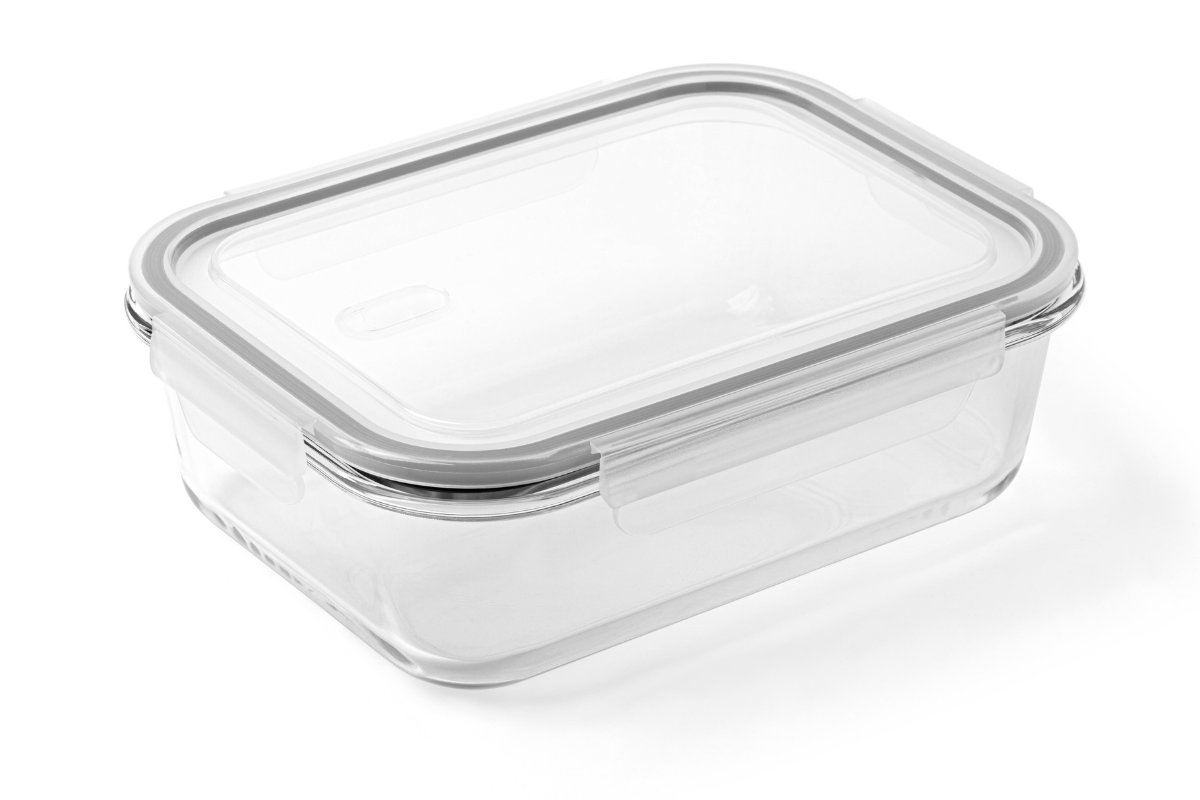Can You Freeze Mac and Cheese?
Can you freeze mac and cheese? The simple answer is yes, it is possible to freeze mac and cheese. When done properly, freezing can maintain the quality of macaroni and cheese for later consumption.

When freezing macaroni and cheese, you need to understand the impact freezing may have on its texture and flavor. Proper preparation and storage methods are necessary to ensure the dish remains creamy and tasty upon thawing and reheating. Using an airtight container or a freezer bag can help prevent freezer burn and preserve the dish’s moisture content.
Different techniques can be employed depending on whether the mac and cheese is yet to be baked or has already been cooked. Each method aims to preserve the dish’s original taste and prevent it from drying out.

How to Freeze Mac and Cheese
Freezing mac and cheese is a practical option for meal prepping or saving leftovers. Using proper materials for wrapping and storing can make a significant difference in preventing freezer burn.
Freezing Homemade Mac and Cheese
Homemade mac and cheese should be cooled to room temperature before freezing. Doing this prevents condensation, which could lead to sogginess. Once cooled, divide the mac and cheese into portions using an airtight container or freezer-safe bags.
If preferred, line the container with aluminum foil or plastic wrap for easy removal. Adding a layer of shredded cheese on top before freezing can help keep moisture out and also provide extra creaminess when reheating. Label the container with the date, as homemade mac and cheese can be frozen for up to three months.
Freezing Store-Bought Mac and Cheese
For store-bought mac and cheese, keep the original packaging if it is freezer-safe. If not, transfer the contents into a freezer-safe container or aluminum foil. Then use a plastic wrap to protect the dish from air exposure.
You can freeze it in the same way as homemade mac and cheese. When you’re ready to enjoy it, there’s no need to thaw; it can go directly from the freezer to the oven or stovetop. Add a sprinkle of cheese or breadcrumbs for extra texture.

Preventing Freezer Burn
Freezer burn happens when food in the freezer dries out and gets icy, making it taste not as good. To prevent freezer burn on mac and cheese, airtight containers are crucial. Ensure all air is expelled from freezer bags if used. Wrapping with a layer of aluminum foil and then plastic wrap offers double protection.
When using muffin tins to freeze individual servings, cover each portion with plastic wrap then transfer to a large freezer bag, removing as much air as possible. Keeping the freezer at a consistent temperature and avoiding frequent temperature changes also help minimize the risk of freezer burn.

How Long Can You Freeze Mac and Cheese?
When freezing mac and cheese, it’s important to maintain freezing temperatures to ensure the quality and safety of the food. Typically, mac and cheese can be kept in the freezer for up to three months.
- Duration: Up to three months
- Temperature: Consistent freezing temperatures
- Container: Airtight, freezer-safe container
Mac and cheese might not taste or feel as good if you store it beyond the recommended time frame. If you plan to refreeze frozen mac and cheese, you must handle it with care. It should only be refrozen if it has been thawed in the refrigerator and not left at room temperature for extended periods.
Note: Upon reheating, add a bit of milk or cream to bring back the creaminess if the texture has become grainy.
Here is a breakdown of considerations:
- Freeze promptly after cooking and cooling.
- Store in airtight conditions to protect quality.
- Limit storage to three months for best results.
- Refreezing is possible with proper thawing.

How to Thaw Frozen Mac and Cheese
Choosing the right thawing method can affect the quality of the mac and cheese. Below are some do’s and don’ts.
Refrigerator Thawing
To thaw mac and cheese in the refrigerator, transfer it from the freezer to the fridge. Thawing can take several hours to a full day, depending on the portion size. This slow process helps preserve the texture of the macaroni and the creaminess of the cheese sauce.
Countertop Thawing
Countertop thawing is not recommended for mac and cheese, as it can lead to bacterial growth. For safety and quality, it’s best to avoid this method.
Microwave Thawing
Microwave thawing is a quick method. Place the mac and cheese in a microwave-safe container and defrost it at 50% power for two minutes. Stir and continue to defrost in one-minute increments at 50% power until fully thawed.
How to Know When Mac and Cheese Is Properly Thawed
When your mac and cheese no longer feels cold to the touch and has regained its original texture, it’s properly thawed. There should be no ice crystals present, and it should be uniform in temperature.
Best Practices for Thawing
To preserve taste and texture while thawing, keep these practices in mind:
- Thaw in the fridge for the safest results.
- Use thawed mac and cheese immediately after it reaches the desired temperature.
By carefully defrosting frozen mac and cheese, you can ensure that the dish is safe to consume and retains its optimal quality.

How to Reheat Frozen Mac and Cheese
You can reheat frozen mac and cheese using your oven, stovetop, or microwave.
Oven Reheating
- Preheat your oven to 350 degrees F (175 degrees C).
- Place the frozen mac and cheese in an oven-safe dish and cover with aluminum foil to retain moisture.
- Heat for about 30 minutes, then check if it’s heated through. If you prefer a golden brown top, remove the foil in the last 10 minutes.
Stovetop Reheating
- Transfer the thawed mac and cheese into a saucepan.
- Add a little milk or heavy cream to keep the cheese sauce creamy.
- Warm on low heat, stirring frequently to avoid sticking and ensure even reheating.
Microwave Reheating
- Ensure the mac and cheese is in a microwave-safe container.
- Cover with a microwave-safe lid or vented plastic wrap to keep moisture in.
- Heat on medium power in 1-minute intervals, stirring between each, until thoroughly heated.
Adding Moisture When Reheating
- Stirring in a small amount of milk or heavy cream can help restore the creaminess of the cheese sauce.
- Be cautious with additional liquids; add them gradually to prevent the mac and cheese from becoming too runny.

Frequently Asked Questions
How long does mac and cheese remain good when frozen?
Mac and cheese can be kept frozen for up to 2-3 months. To ensure the best quality, it should be stored in freezer-safe containers or bags designed to prevent freezer burn.
Is it possible to freeze mac and cheese in an aluminum pan?
Yes, you can freeze mac and cheese in an aluminum pan, provided it is covered securely with foil or a lid to protect the food from freezer burn and avoid absorbing other flavors and odors from the freezer.
What makes some mac and cheese recipes unsuitable for freezing?
Some mac and cheese recipes may not freeze well due to the ingredients used, such as certain cheeses or cream-based sauces that may separate or become grainy after thawing. Recipes with a higher fat content tend to freeze better.
Freezer-Friendly Mac and Cheese Recipes
Instant Pot Chipotle Mac and Cheese
Gluten-Free Butternut Squash Mac and Cheese
You Might Also Like
Best Substitutes for Butter in Mac and Cheese

